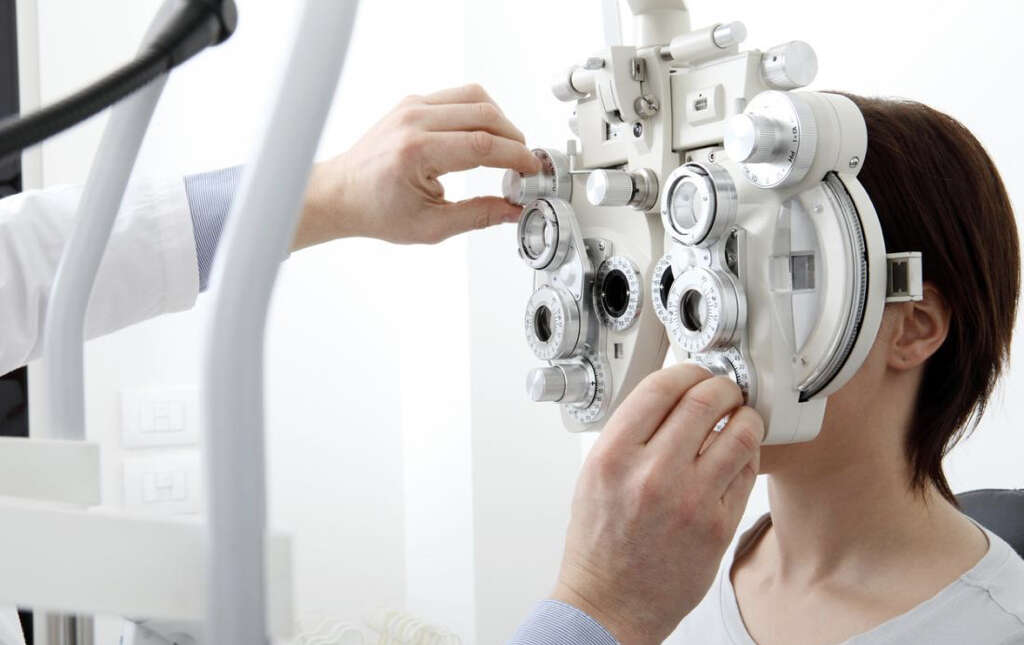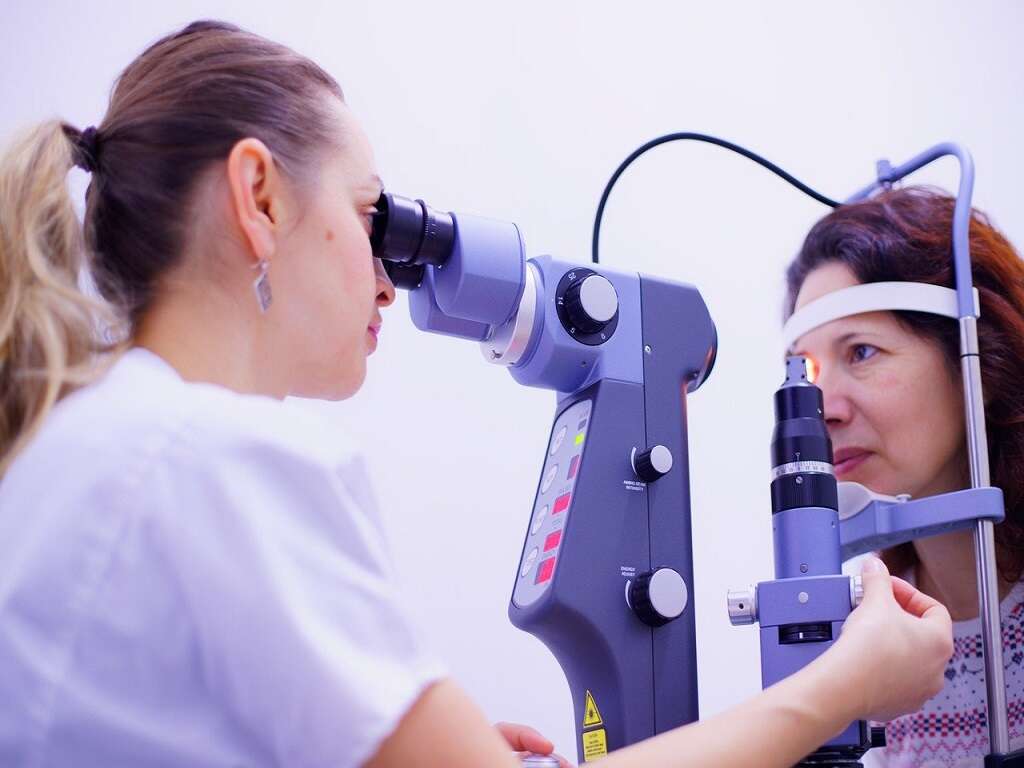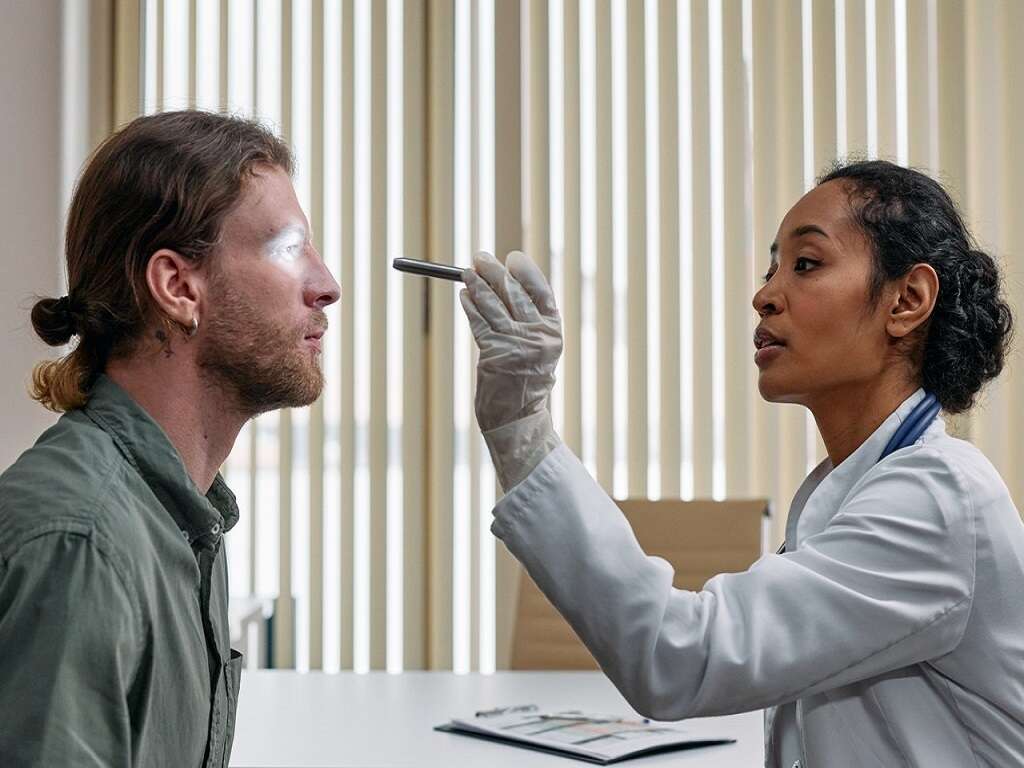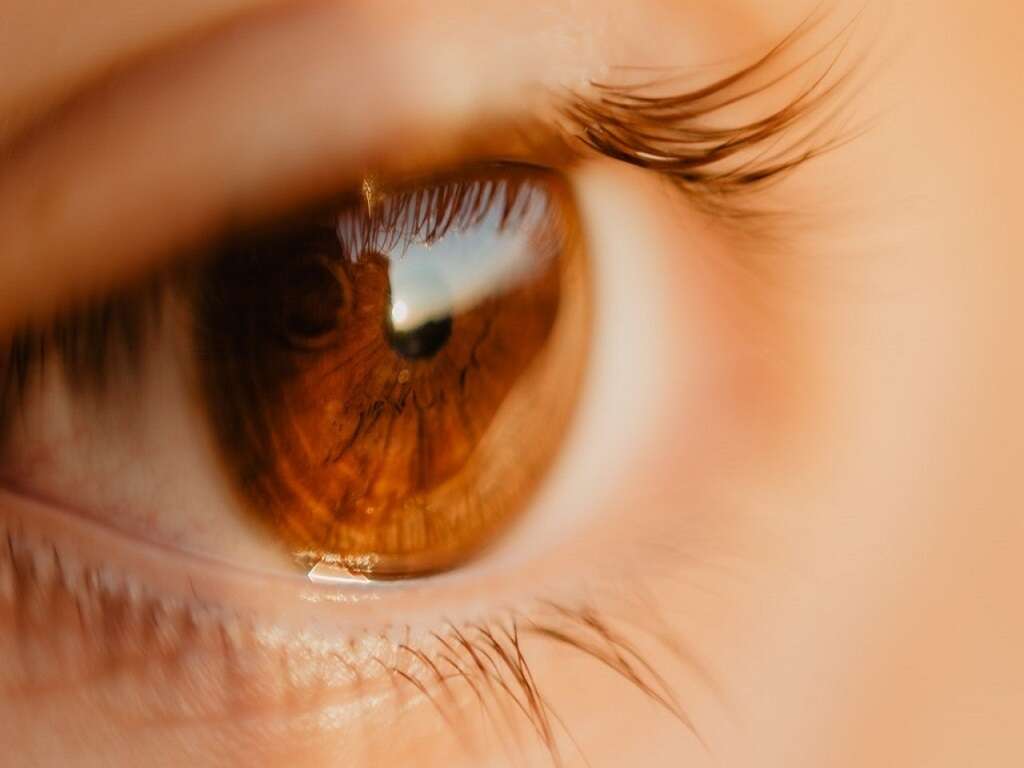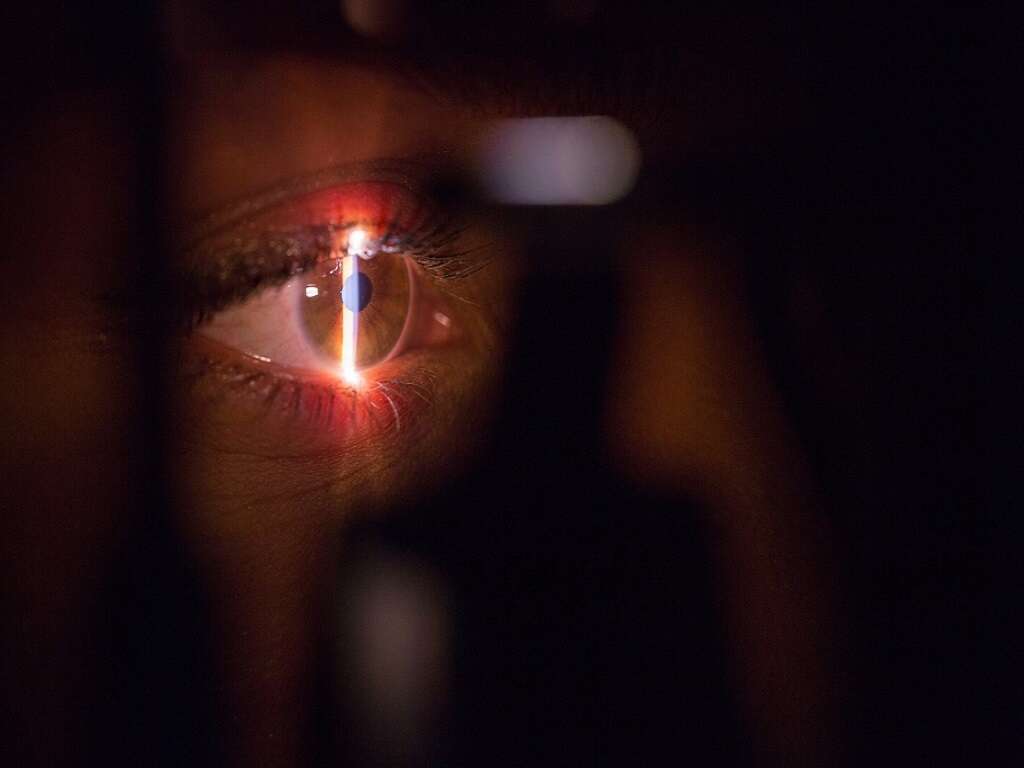What Is Esotropia?
7. Investigations for Acquired Esotropia
For acquired esotropia, if there is an absence of expected findings or presence of atypical features, neuroimaging studies should be considered. A computed tomography (CT) scan of the brain can be helpful to rule out diseases in the brain and head area. There are several factors that should prompt clinicians to perform brain imaging. These are the recurrence of acquired esotropia, presence of neurological signs, and older age at onset (more than 6 years).
CT scans of the orbits (eye socket) can also be performed to assess the presence of orbital mass, entrapment of the eye muscles, and possible fractures. X-rays and CT scans can be performed for the chest, neck, and abdomen to determine if there is any malignancy contributing to esotropia.
Advertisement
